Making textures with acrylic paint on canvas/ paper
Today I am going to show you the process of one of my most favorite and easiest texture made with acrylic and how you can use it in your paintings. Textures are mainly used at the start of painting process to build a base and give the layers of the painting a building block. It adds beauty, and makes the painting more detailed (without much effort). Although, if used too much it can also spoil the painting.
Take a look at my Gallery and you’ll find that I’ve used this technique in almost all of my paintings.
One of the best properties of acrylic paint is its diversity, its available in 20 rupees bottles as well as 1500 rupees paint tubes, it can be used to paint on canvas, paper, wood, concrete, cardboard and many more surfaces, it can be used to make fluid art, figurative art, textured art, blended art. Many highly successful artists are shifting from oil to acrylic these days due to its diversity and fast drying ability.
And so, I recommend you to use acrylics as a medium if you are just starting out.
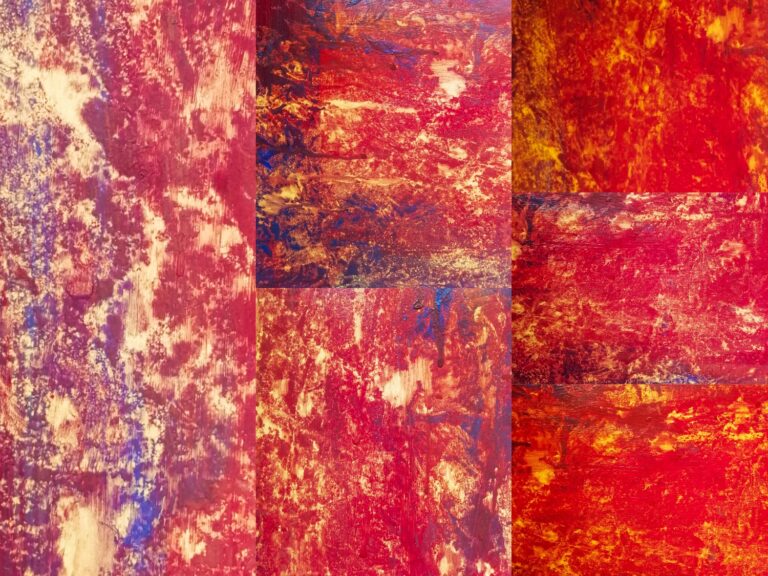
Getting started with the steps:
So, one of the most important things to do is plan out the painting first and then go about it.
If you didn’t understand any of it, don’t worry I’m going to do a very basic work with textures for beginners today.
Ingredients: I’m using a very standard 300gsm ivory paper today, if you don’t have this you can cut up a piece of thick chart paper and use it, you are more than welcome to use a canvas too.
For paint I’m using the Camlin fabric acrylic color paints with are very widely available in every stationary shop in India, if you have any other acrylic paints, you can use them too!
Apart from paint and paper you’ll need an old piece of cotton cloth or newspaper, a flat brush, glue, a spray bottle and that is it!

Step1: Prepare:
Prepare your canvas or paper by applying masking tape on all sides. Mix glue and water in equal parts in a small container and apply a generous layer of it on the paper (you can skip the step if using canvas) and let it completely dry. Applying glue helps the particles of the paper to stick together and prevents it from getting too soggy when paint and water is applied.
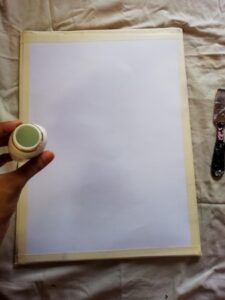
Step 2: Apply base layer:
Apply the paint color of your choice or (mix the color of your choice with gesso, if you have it) on the canvas/ paper. I’m using cadmium paint today. Let it dry. This is our first layer. This step will ensure that we have a strong base for our painting.

Step 3: Random but beautiful:
This is one of the most important steps. Take a few colors of your choice and apply it your canvas or paper just like shown below randomly. Spray some water on top of it. and immediately without wasting any time take a flat brush and blend all the colors up and down or left and right.
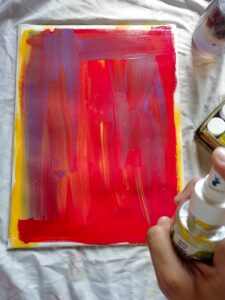
Step 4: Artistic Hands
Spray water one more time on your canvas or paper. Spray once on your cloth and fold the cloth randomly as shown in the picture and put it with a slight pressure on top of your canvas or paper. Repeat this step until you get a texture you like. You can do the same with newspaper pages too. Both tools give similar yet very different results. I hope you try them both.
There you have it. One of the simplest textures yet so beautiful that is looks good on its own or as a background to a beautiful painting (You can make Mandalas, portraits, landscapes, flowers, fruits, leaves, any object or composition you like on top of this background). Its abstract and you can give it a meaning your heart desires.
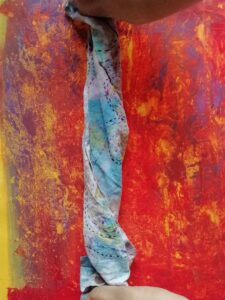
Secret Tips:
- Wait for the first layer of paint to dry completely before you add the second.
- Work fast. Don’t let the second layer of paint dry too much or you’ll get very dry textures.
- Always twist or fold the cloth or newspaper in an abstract manner to get even more beautiful textures.
- Don’t overwork: don’t dab the cloth or newspaper on the painted canvas more than 3-5 times or you’ll make a mess (a not so nice one).
- Wait: After making the texture with either cloth or newspaper wait for it to completely dry and then make any other thing want on top of it.
Let's Connect:
Would you like to see a YouTube tutorial on this? Let me know through comments!
If you have tried this, then please do send me pictures of your beautiful art on Instagram and don’t forget to tag me. Or email me at drishtikanoi@carvedwithart.in
If you have any further questions ask me on Instagram or leave a comment here.
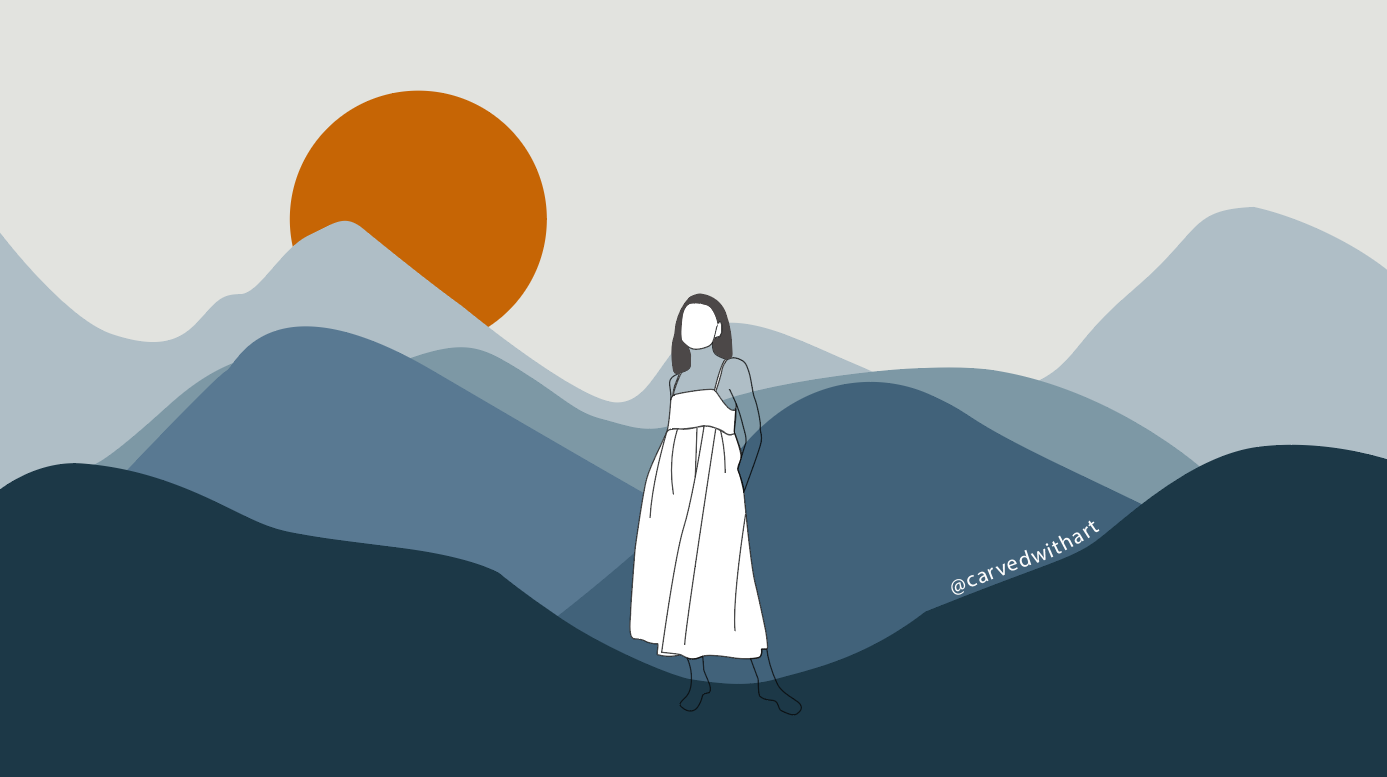
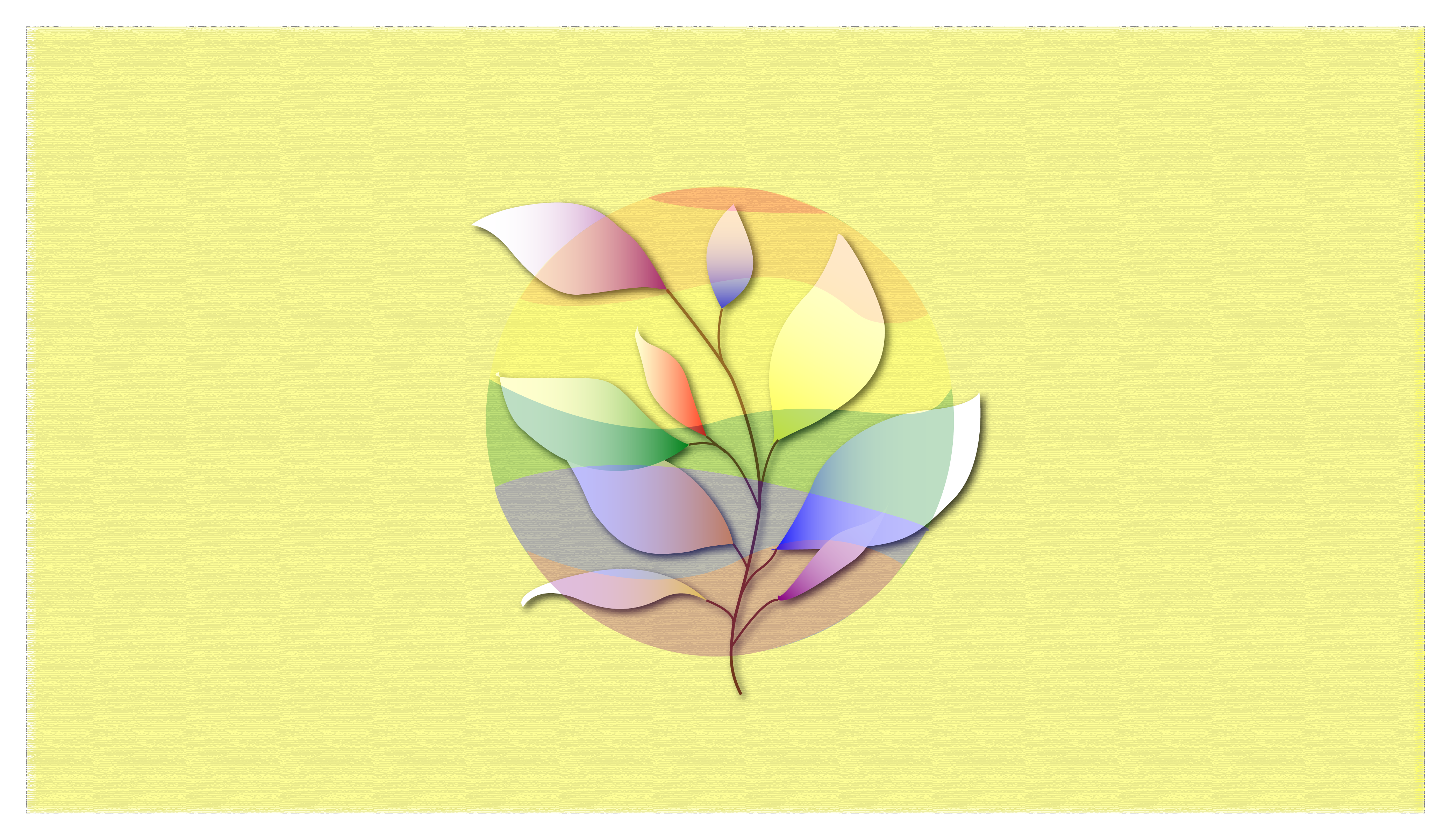
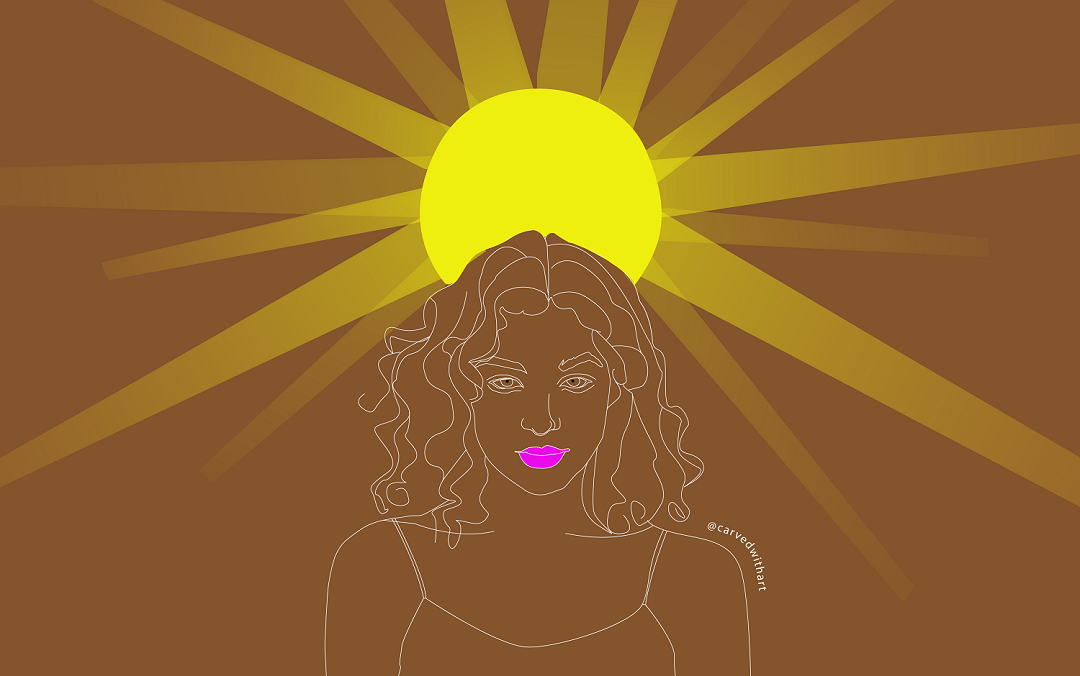

Hey Drishti,
love reading your blogs.
Please do a YouTube tutorial on this, would love to try.
Thank you so much. I will definitely work on the tutorial for this.
Loved it, It’ll be a great interest to my sister who apparently loves playing with acrylic colours.
I am so glad <3
This is nice and doable. Love ya♥
This is nice and doable. Love ya♥
do try <3
ooommmggg, way too simply explained. i adored that lil secret tips section :]
thank you so much! send me pictures if you try!